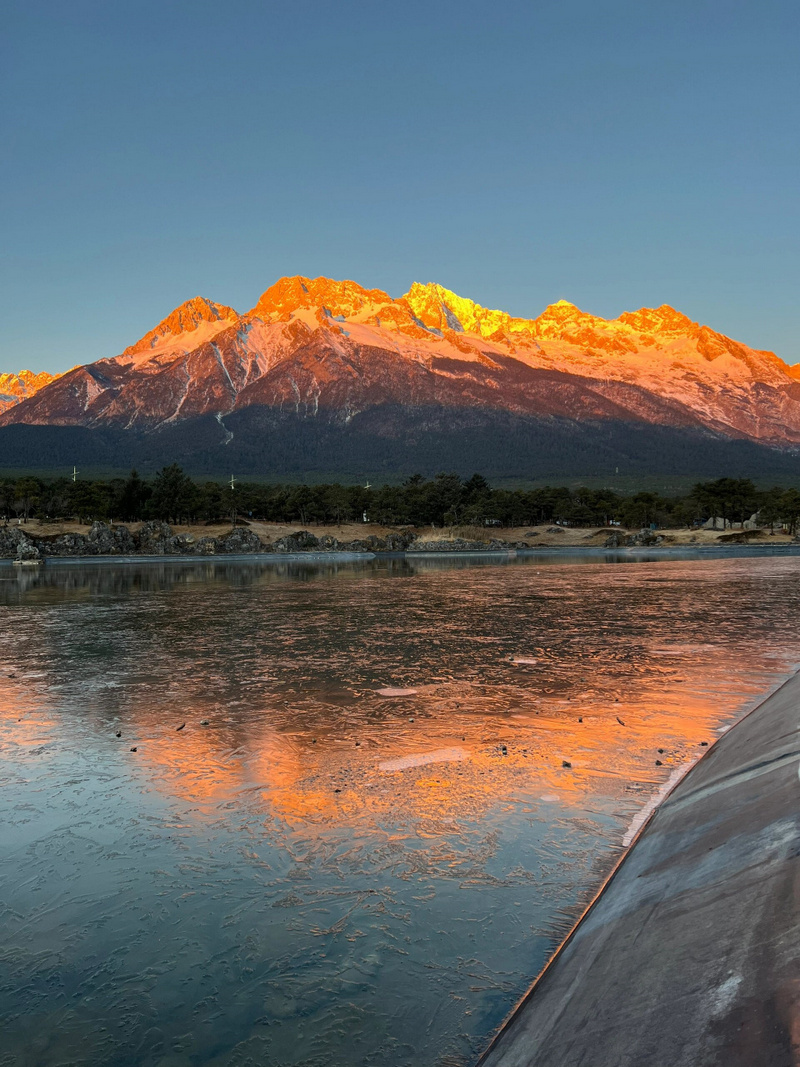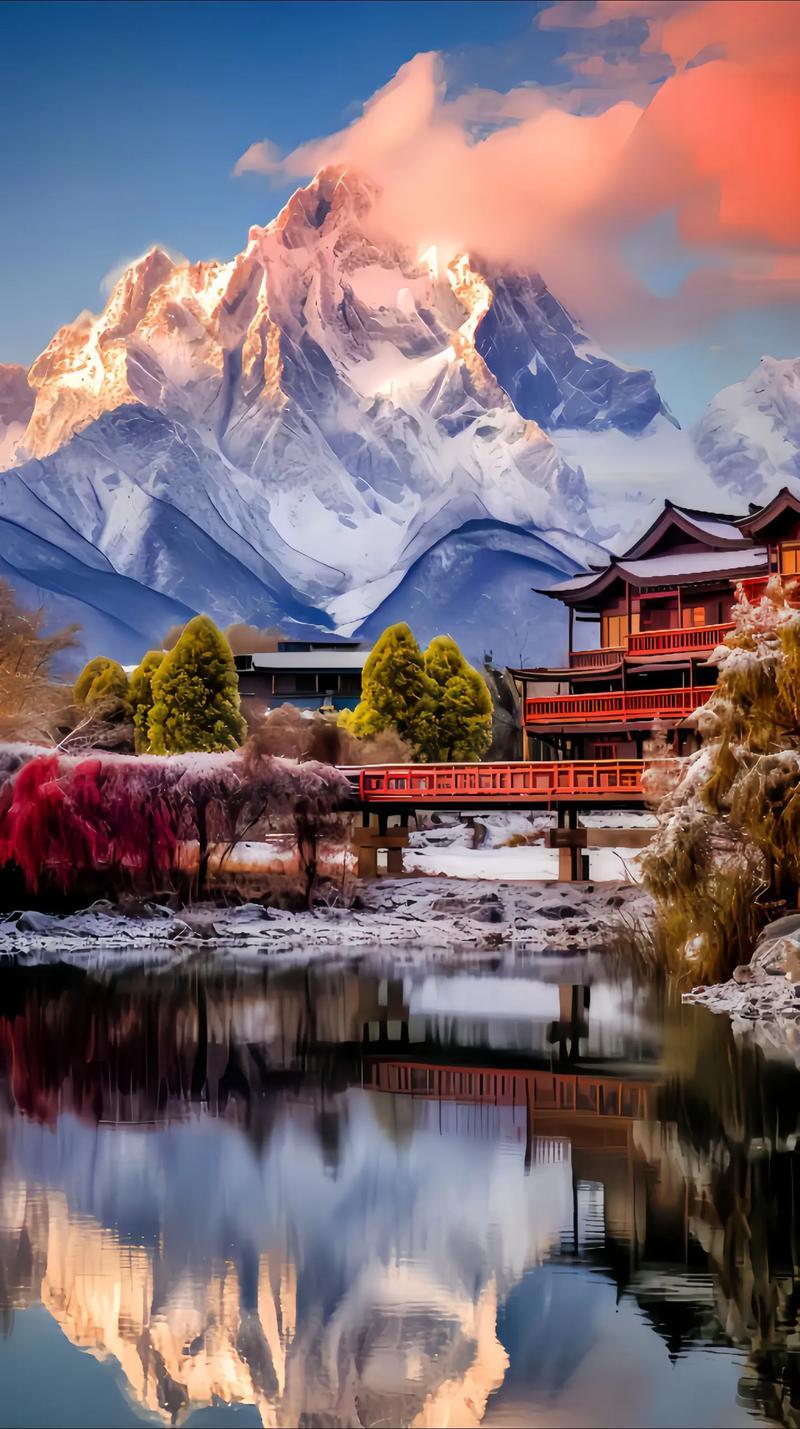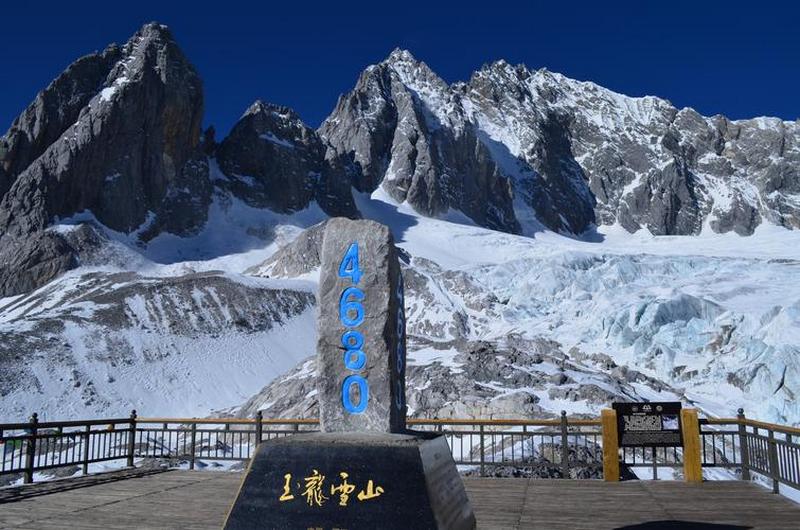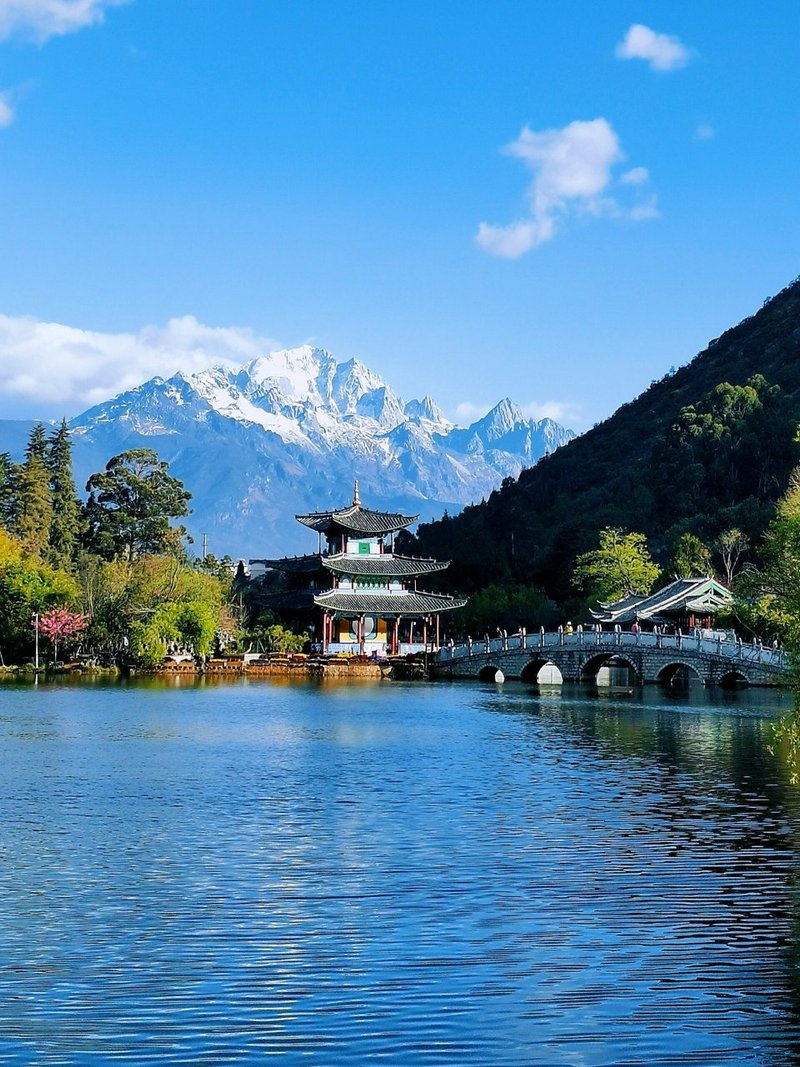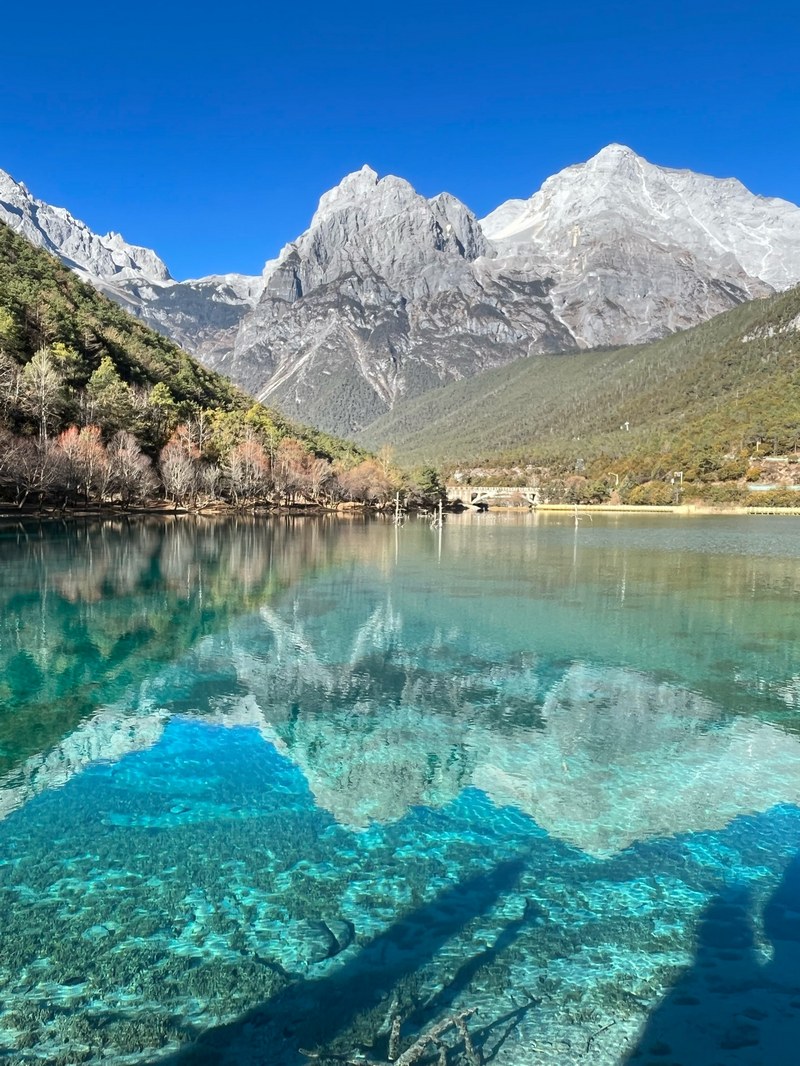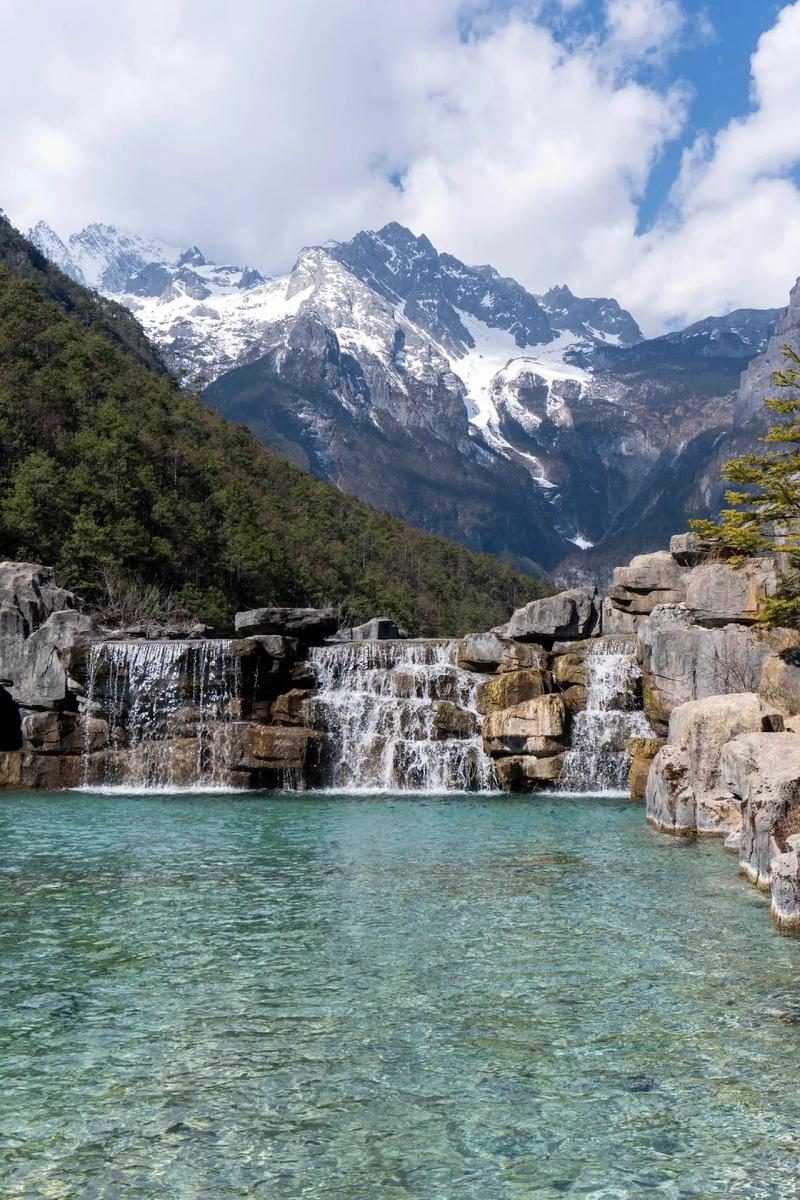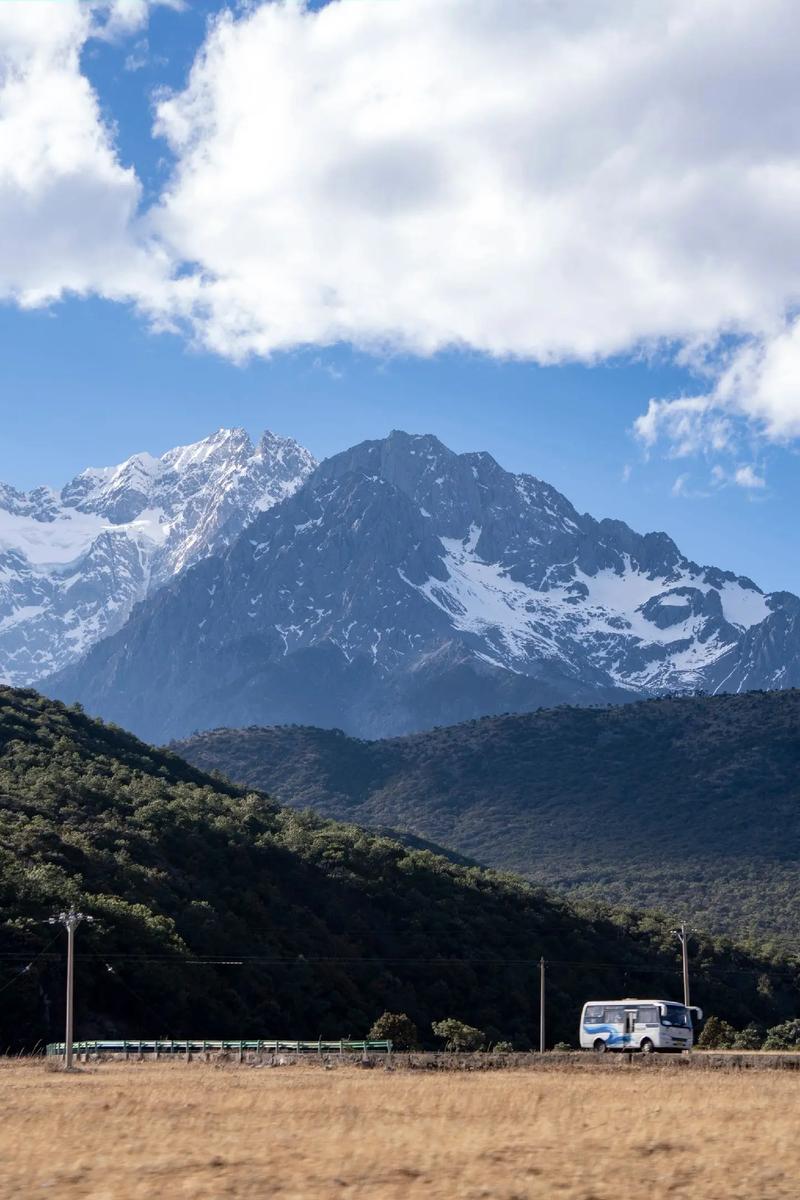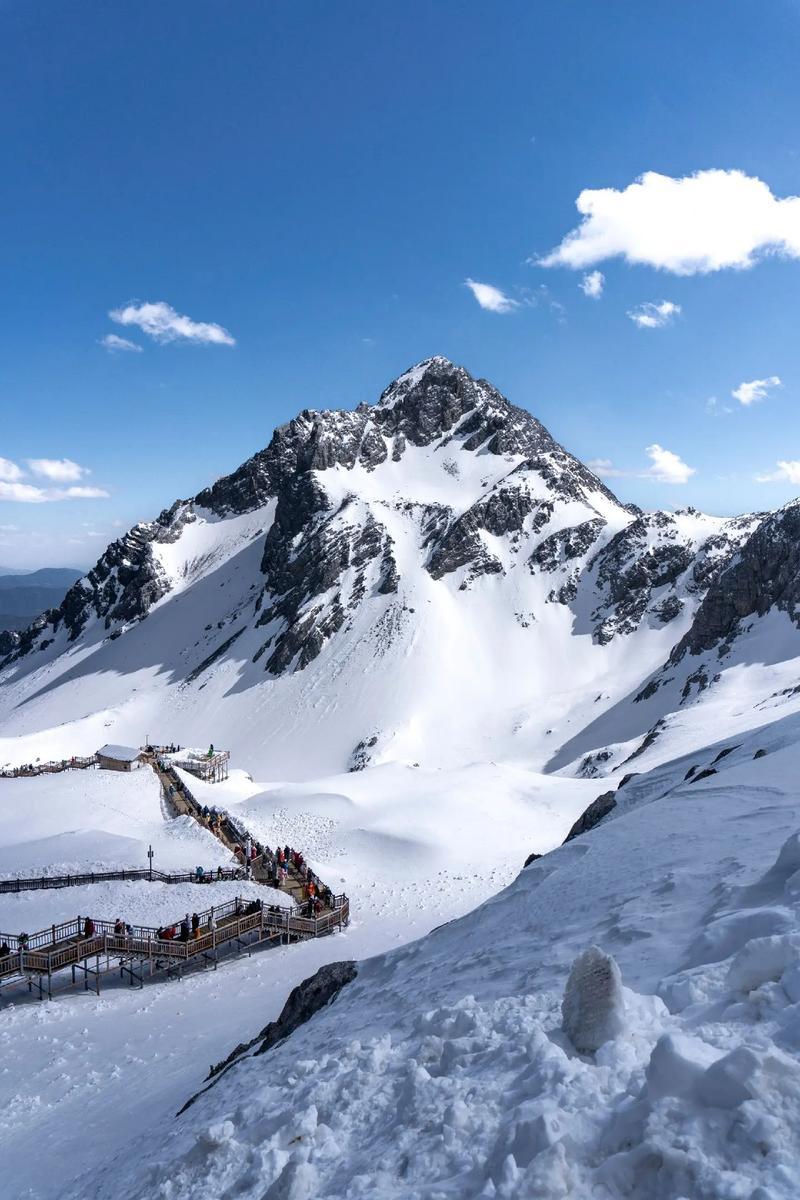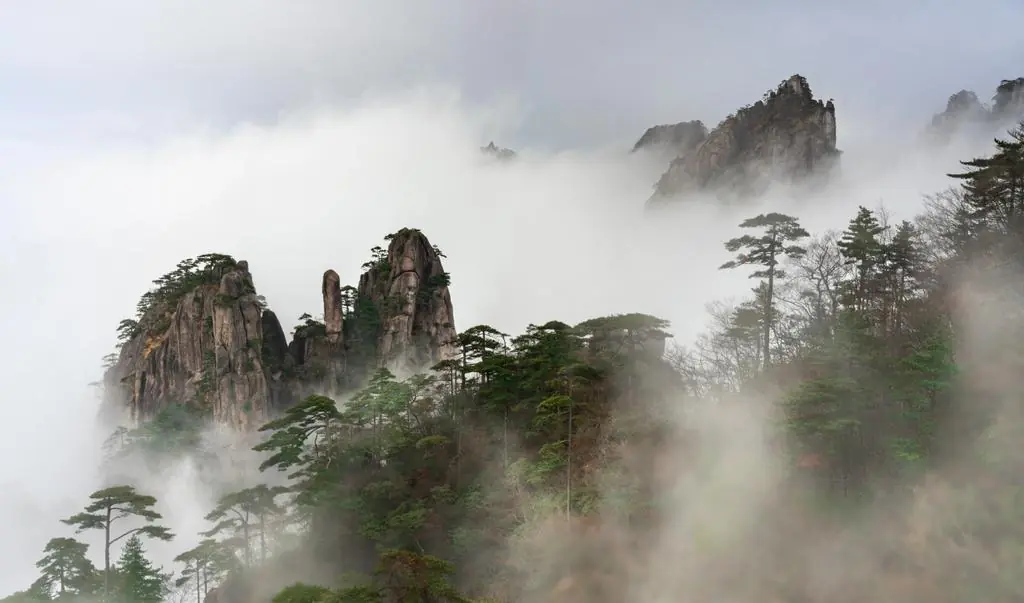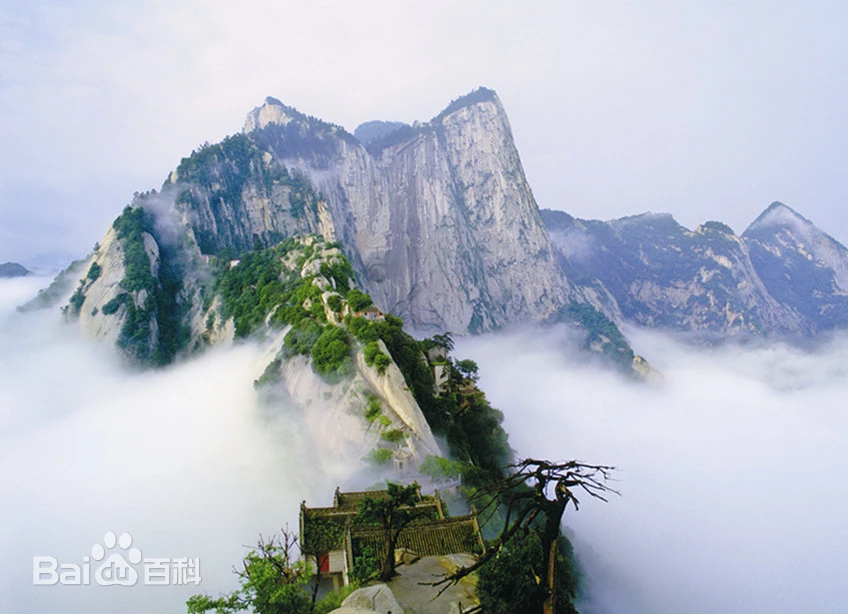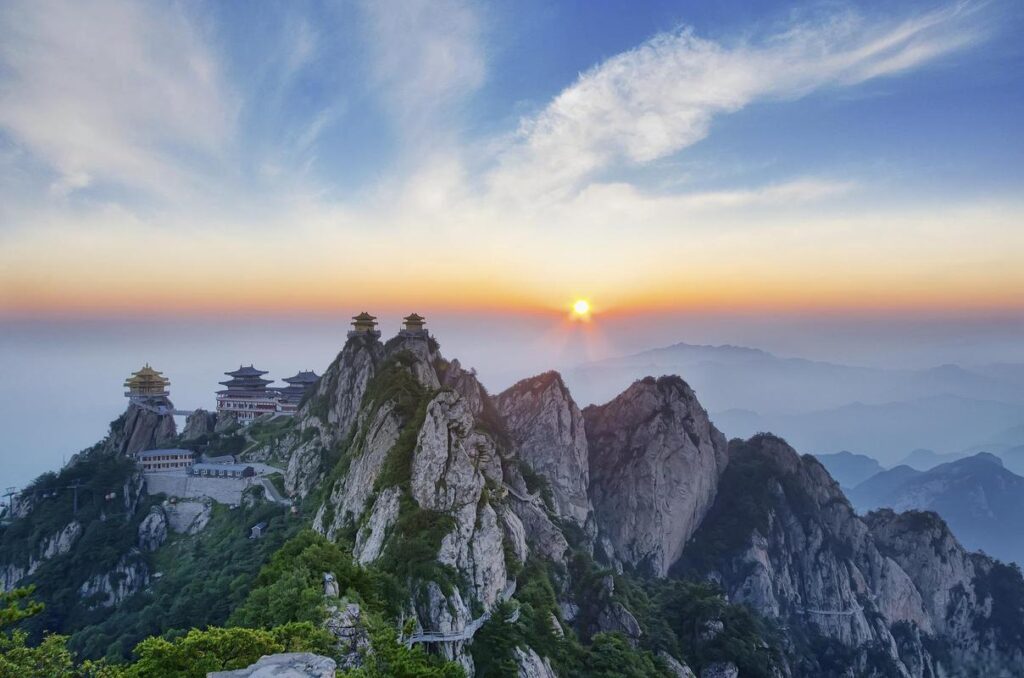Yulong Snow Mountain: China’s Majestic Alpine Wonder Where Adventure Meets Tradition
Rising like a jade dragon from the heart of Yunnan Province, Yulong Snow Mountain (Jade Dragon Snow Mountain) stands as one of China’s most iconic natural wonders. As the southernmost snow-capped peak in the Northern Hemisphere and a UNESCO-protected treasure, this 5,596-meter giant offers an unparalleled blend of glacial drama, rare biodiversity, and ancient ethnic culture. For travelers seeking to experience China’s wild beauty and timeless traditions, Yulong is a must-visit destination that transcends ordinary adventures.
1. A Geological Masterpiece: China’s Snow-Crowned Jewel
Yulong Snow Mountain’s 13 jagged peaks stretch 35 kilometers across northwestern Yunnan, forming a celestial skyline that has inspired Chinese poets and painters for centuries. Its highest summit, Fan Steep (Shanzidou), pierces the clouds at 5,596 meters, offering panoramic views of the Himalayas. Key highlights include:
- Glacier Park: Ride a cable car to 4,680 meters for close-up views of the Baishui Glacier, one of China’s most accessible low-latitude glaciers. Its icy ridges shimmer like dragon scales under the sun.
- Blue Moon Valley: Nestled at the mountain’s base, this turquoise lake mirrors Yulong’s snowy peaks, creating a scene so surreal it’s dubbed “China’s Sky Mirror.”
- Mushroom Rock: A gravity-defying quartz formation sculpted by 1.4 billion years of tectonic shifts—a testament to China’s ancient geological history.
2. Biodiversity: China’s Living Natural Museum
As one of China’s top biodiversity hotspots, Yulong shelters over 7,000 plant species and rare wildlife found nowhere else on Earth:
- Spot the critically endangered Yunnan snub-nosed monkey (only 3,000 remain), a primate unique to China’s southwestern forests.
- Wander through Spruce Meadow or Yak Prairie, where herds of Tibetan yaks graze among wild azaleas and edelweiss.
- Discover the Dove Tree, a “living fossil” from the Ice Age, whose white flowers resemble fluttering doves—a symbol of peace in Chinese culture.
This mountain is a sanctuary where China’s ecological legacy thrives, offering endless opportunities for wildlife photography and eco-trekking.
3. Cultural Immersion: China’s Naxi Heritage
For the Naxi people, one of China’s most fascinating ethnic minorities, Yulong is a sacred deity guarding their homeland. Dive into their traditions:
- Witness the Dongba Rituals at Yufeng Temple, where shamans perform fire ceremonies to honor mountain spirits. The Naxi’s ancient Dongba script, a UNESCO Intangible Heritage, is still used here.
- Explore Baisha Village, a 1,000-year-old Naxi settlement adorned with Ming Dynasty murals blending Tibetan Buddhism and Taoist motifs—a cultural fusion unique to this corner of China.
- Join the Torch Festival (July) to dance around bonfires, taste yak meat stews, and hear folk songs passed down through generations.
4. Adventure in the Heart of China
Whether you’re a thrill-seeker or a soul-searcher, Yulong delivers unforgettable experiences:
For Adrenaline Junkies
- Summit Challenge: Trek the Red Cloud Golden Summit via cliffside chains for sunrise views over the Himalayas.
- Skiing & Snowboarding: From December to March, carve fresh powder at Glacier Park Ski Resort, China’s southernmost ski destination.
- Rock Climbing: Test your skills on Yulong’s granite walls, a growing hotspot for China’s outdoor adventure community.
For Leisurely Explorers
- Cable Car Journeys: Glide above emerald forests to Ganhaizi Plateau, a vast alpine meadow framed by snow peaks.
- Impression Lijiang Show: Watch Zhang Yimou’s open-air spectacle at 3,100 meters, where 500 performers celebrate Yunnan’s ethnic diversity under a starry sky.
- Tea Horse Trail Hike: Follow ancient trade routes once used to transport Chinese tea and Tibetan horses, now a scenic trail through villages and valleys.
Practical Guide: Experiencing China’s Alpine Gem
Best Time to Visit
- April–October: Ideal for hiking and cultural festivals. September offers fiery autumn foliage.
- Winter (Nov–Mar): Frozen waterfalls, snow sports, and fewer crowds.
Getting There
- Fly to Lijiang: Most international travelers arrive via Kunming or Shanghai, then take a 40-minute drive to Yulong.
- High-Speed Rail: China’s efficient bullet trains connect Lijiang to major cities like Chengdu and Chongqing.
Stay
- Luxury: Banyan Tree Lijiang—private villas with Naxi-inspired architecture and mountain views.
- Eco-Friendly: Mountain Soul Lodge—sustainable stays near the park entrance.
Pro Tips
- Altitude Prep: Spend 1–2 days in Lijiang (2,400m) to acclimatize before ascending.
- Pack Smart: Bring layers—Yulong’s summit can drop below -10°C even in summer.
- Local Flavors: Try Yak Hotpot and Lijiang Baba (savory bread), staples of Yunnan cuisine.
Yulong Awaits: A Journey into China’s Soul
More than just a mountain, Yulong is a gateway to understanding China’s natural grandeur and cultural depth. Here, glaciers whisper ancient secrets, prayer flags flutter in harmony with the wind, and every trail leads to awe. Whether you’re chasing adrenaline, seeking serenity, or yearning to connect with China’s ethnic roots, Yulong Snow Mountain promises a transformative adventure.
Ready to walk among the clouds? Let Yulong show you the wild, untamed heart of China. 🏔️✨







